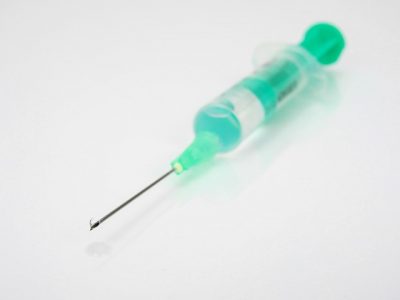PRP in New York? Well…
 As a highly successful, well-established plastic surgery practice in Manhattan, we’re used to men and women coming in to talk about the “latest and greatest” techniques and therapies available. So what do we tell our patients in New York about PRP?
As a highly successful, well-established plastic surgery practice in Manhattan, we’re used to men and women coming in to talk about the “latest and greatest” techniques and therapies available. So what do we tell our patients in New York about PRP?
The short answer is, we don’t offer PRP, or Platelet-Rich Plasma treatment. But of course there’s much more to it than that. Most patients have many questions about this new option, and we do our best to educate them so they can make good decisions. Here are some highlights of question and answer sessions we have with people considering PRP in New York.
First, what is PRP?
According to healthline.com, PRP is a component of blood that has been separated via centrifuge. Certain cells are removed, leaving plasma that’s rich in clotting agents and growth factors. Given the properties of PRP, it became appealing several years ago as a possible injectable therapy for sports injuries, arthritis and wound healing. The applications—and the hype—have grown from there.
Is PRP effective?
Addressing the question of PRP’s effectiveness is complicated for more than one reason:
• The few studies available evaluate PRP in one specific application, such as treating tennis elbow or plantar fasciitis,
• PRP is not used in the same way by physicians—matters of “who,” “when,” “how much” and “how many” vary considerably,
• Many studies, according to painscience.com, have returned results from “insufficient evidence” to “no significant benefit,” and
• Even in cases where there does seem to be some benefit to PRP treatment, the effects may not be lasting.
Why is PRP so popular, then?
We can think of three leading reasons why the popularity of PRP for cosmetic surgery and other applications has blossomed. To start the ball rolling, high profile athletes like Tiger Woods reported that PRP “cured” them a few years ago, says the New York Times. For those looking to boost their appearance, treatment involving PRP is less-invasive and often has a lower price tag than traditional cosmetic surgeries. Finally, for lots of people, the notion of using your own blood to heal yourself or improve a certain condition is very appealing.
Why are there some good reviews of cosmetic procedures involving PRP?
If you visit a site like RealSelf, you’ll note that some procedures that utilize PRP have a decent level of patient satisfaction. For instance, microneedling (also called collagen induction therapy), creates tiny punctures in facial skin which prompt the body to produce more collagen. Many doctors apply a PRP serum to the face after the procedure. Microneedling has an 87% thumbs up rating on RealSelf.
PRP for hair loss has a 70% approval rating on RealSelf. If you investigate patient reviews and doctor answers, you’ll find that many physicians combine PRP therapy with microneedling, light therapy, and/or medication such as Propecia.
So when there’s benefit, what is the cause? PRP or something else?
What about the “vampire facelift” and the “PRP breast lift?”
At this stage, many physicians and researchers are reluctant to write off PRP completely. Just as there’s not enough evidence to prove PRP is effective in any application, there’s not enough data to prove it isn’t, either.
In reviewing the literature available, it seems possible that PRP may be most promising for applications that involve healing, such as scar treatment, and possibly for short term pain relief. In terms of cosmetic surgeries where the aim is lifting? Not so much.
Take a close look at positive patient reviews of the vampire facelift and you’ll find that most have actually had a “vampire facial” involving PRP with some combination of laser treatment, microneedling and other techniques. As for breast enhancement? We agree with one online plastic surgery information source: the PRP-injection breast lift may not be the answer.
Is there a potential downside to trying PRP?
While most people probably wouldn’t suffer major consequences, there are these potential PRP drawbacks to consider:
• Injection side effects can include pain at the site, infection, tissue damage and nerve injuries.
• PRP treatment isn’t necessarily inexpensive. The cost can range from a few hundred to a few thousand dollars. And, in the case of treatment for hair loss, most doctors say several initial sessions plus booster sessions later on are required. Insurance companies generally do not cover therapies considered to be experimental, including PRP.
• Expectations may not be met. In the case of cosmetic surgery the main risk is disappointment, but some sports medicine doctors worry that patients who expect great results from PRP may go right back to their sport and re-injure themselves.
Like many plastic surgery practices, we’re keeping an eye out for more studies. If PRP proves to be effective in any aspect of plastic surgery, we’ll consider incorporating it into our menu of offerings.
As for today? Since there is hoopla in the marketplace about PRP, we could certainly attract patients if we jumped on the bandwagon. Instead, we’d like to echo an orthopedist who spoke about PRP to the New York Times, “I just do not have the heart to ask patients to pay for an unproven therapy.”